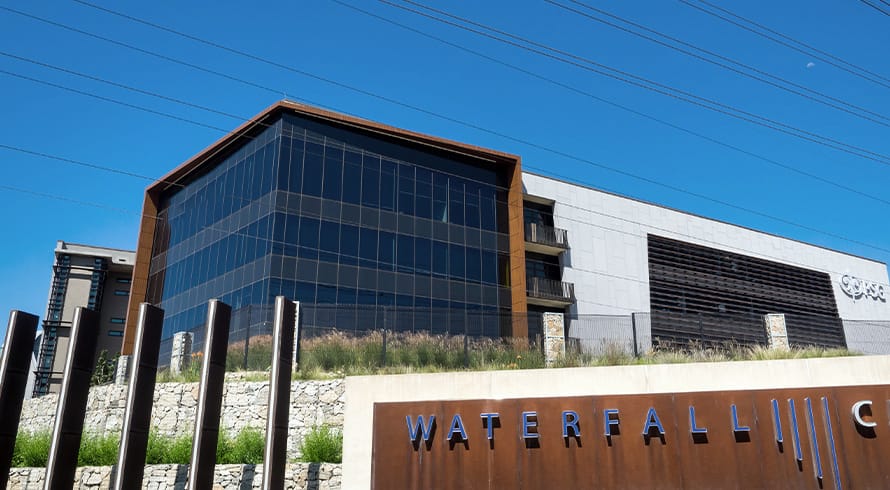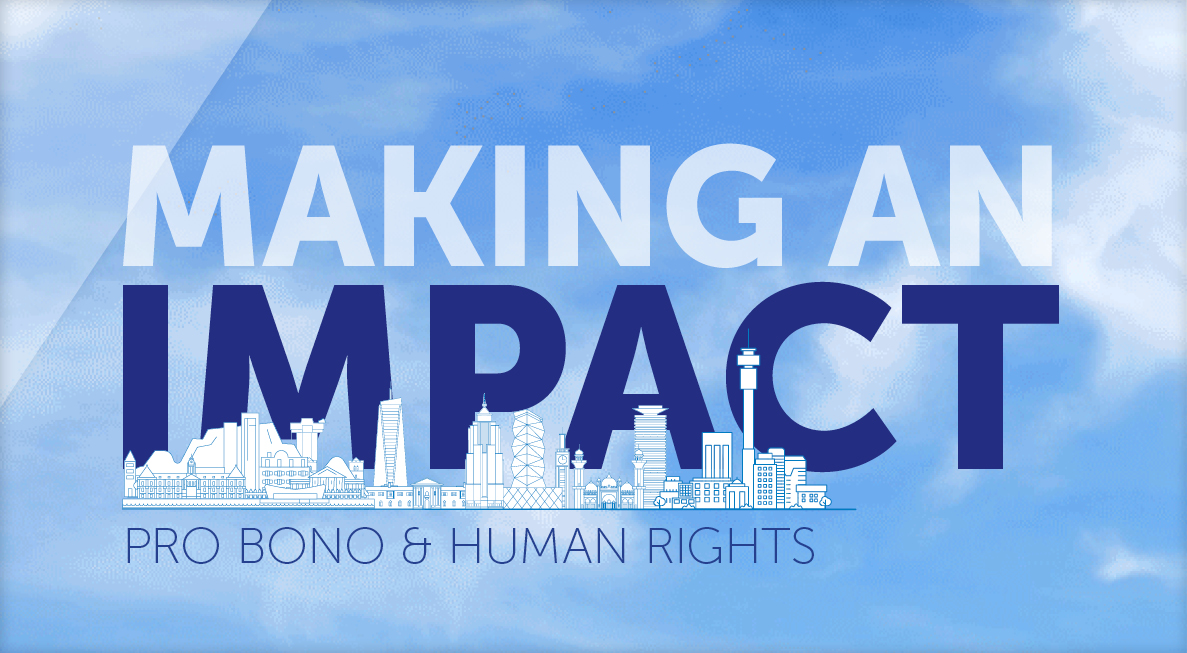The role of conciliation in unfair dismissal disputes post-facilitation now settled
At a glance
- In the recent judgment of National Union of Metalworkers of South African obo Members v SAA Technical SOC Ltd (JA109/23) [2024] ZALAC 41 (NUMSA) the Labour Appeal Court settled the longstanding controversy surrounding the conciliation of unfair dismissal disputes after a facilitated large-scale retrenchment.
- The court held that a proper interpretation of section 189A(7)(b)(ii) of the Labour Relations Act 66 of 1995 is that, notwithstanding the facilitation process, a referral to conciliation is a jurisdictional prerequisite for a referral of the dismissal dispute to the Labour Court.
Section 189A(7)(b)(ii) of the Labour Relations Act 66 of 1995 (LRA) prescribes that an employee may refer a dispute concerning their dismissal to the Labour Court (LC) in terms of section 191(11) of the LRA following a facilitated large-scale retrenchment. This in turn implicates section 191(5)(b), with the result of these interlocking provisions being that a referral to the LC may be instituted if the referring party is armed with a certificate of non-resolution of conciliation, or 30 days have passed since the referral to conciliation. A controversy developed regarding this process in the judgments of Edcon v Steenkamp and Others [2015] (4) SA 247 (LAC) and the National Union of Metalworkers of SA on behalf of Members and Others v Bell Equipment Co SA (Pty) Ltd (2011) 32 ILJ 382 (LC) where it was held that, without more, the issuance of a termination notice in terms of section 189A(7)(a) of the LRA after the 60-day facilitation period triggers the right to refer a dispute to the LC without the need to refer the dismissal dispute to conciliation.
LAC’s finding
The LAC has decisively rejected this view by holding that that there is a functional distinction between facilitation and conciliation. A shift from a contestation about interests to a contestation about rights occurs when there is a move from facilitation to conciliation. The issues canvassed in the retrenchment facilitation will likely be distinguishable from the issues brought before the LC in the retrenchment dismissal (being the cause of a fresh dispute).
Section 189 of the LRA was found to be concerned only with what should happen during the consultation or facilitation process. It is not the locus on what may happen after consultation or facilitation has concluded.
In the result, the court held that a proper interpretation of section 189A(7)(b)(ii) is that, notwithstanding the facilitation process, a referral to conciliation is a jurisdictional prerequisite for a referral of the dismissal dispute to the LC.
The information and material published on this website is provided for general purposes only and does not constitute legal advice. We make every effort to ensure that the content is updated regularly and to offer the most current and accurate information. Please consult one of our lawyers on any specific legal problem or matter. We accept no responsibility for any loss or damage, whether direct or consequential, which may arise from reliance on the information contained in these pages. Please refer to our full terms and conditions. Copyright © 2025 Cliffe Dekker Hofmeyr. All rights reserved. For permission to reproduce an article or publication, please contact us cliffedekkerhofmeyr@cdhlegal.com.
Subscribe
We support our clients’ strategic and operational needs by offering innovative, integrated and high quality thought leadership. To stay up to date on the latest legal developments that may potentially impact your business, subscribe to our alerts, seminar and webinar invitations.
Subscribe




